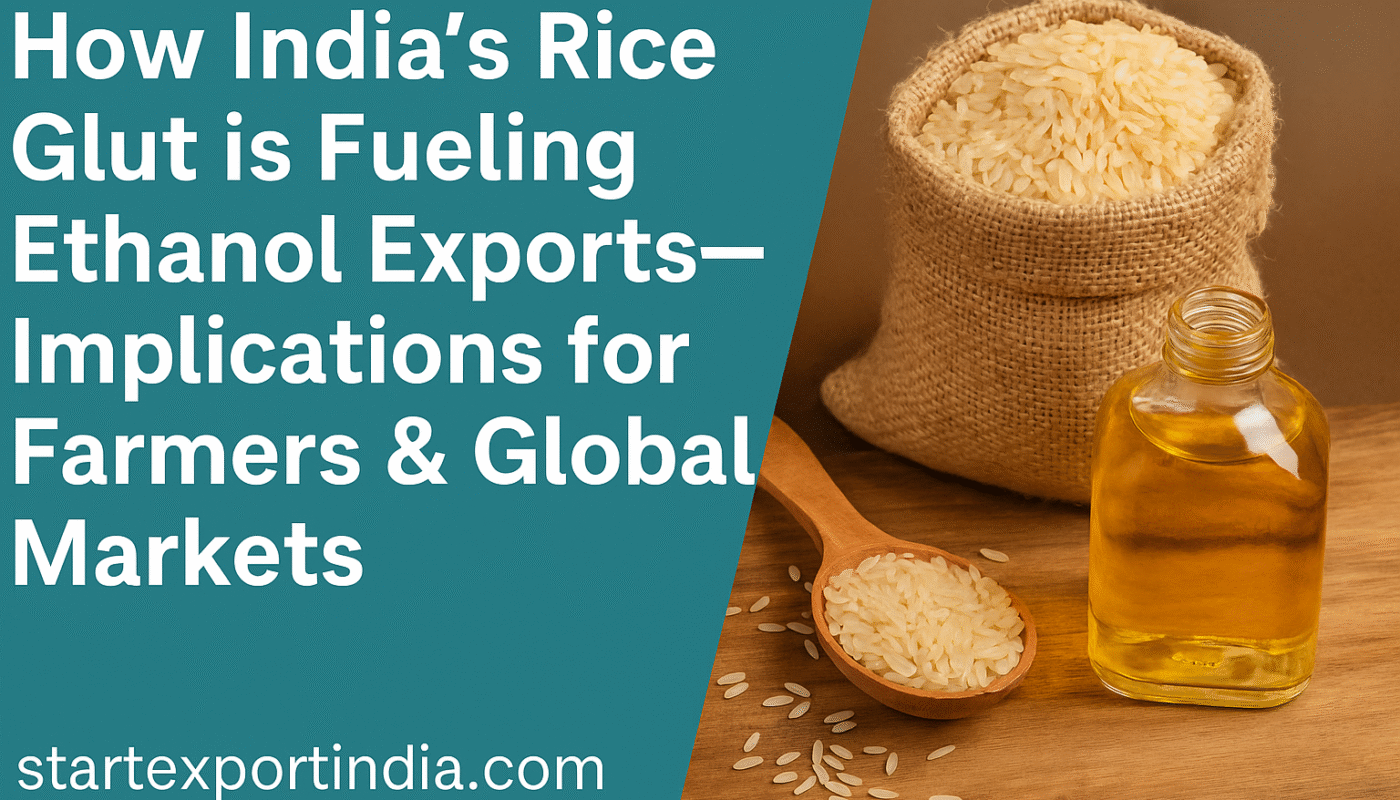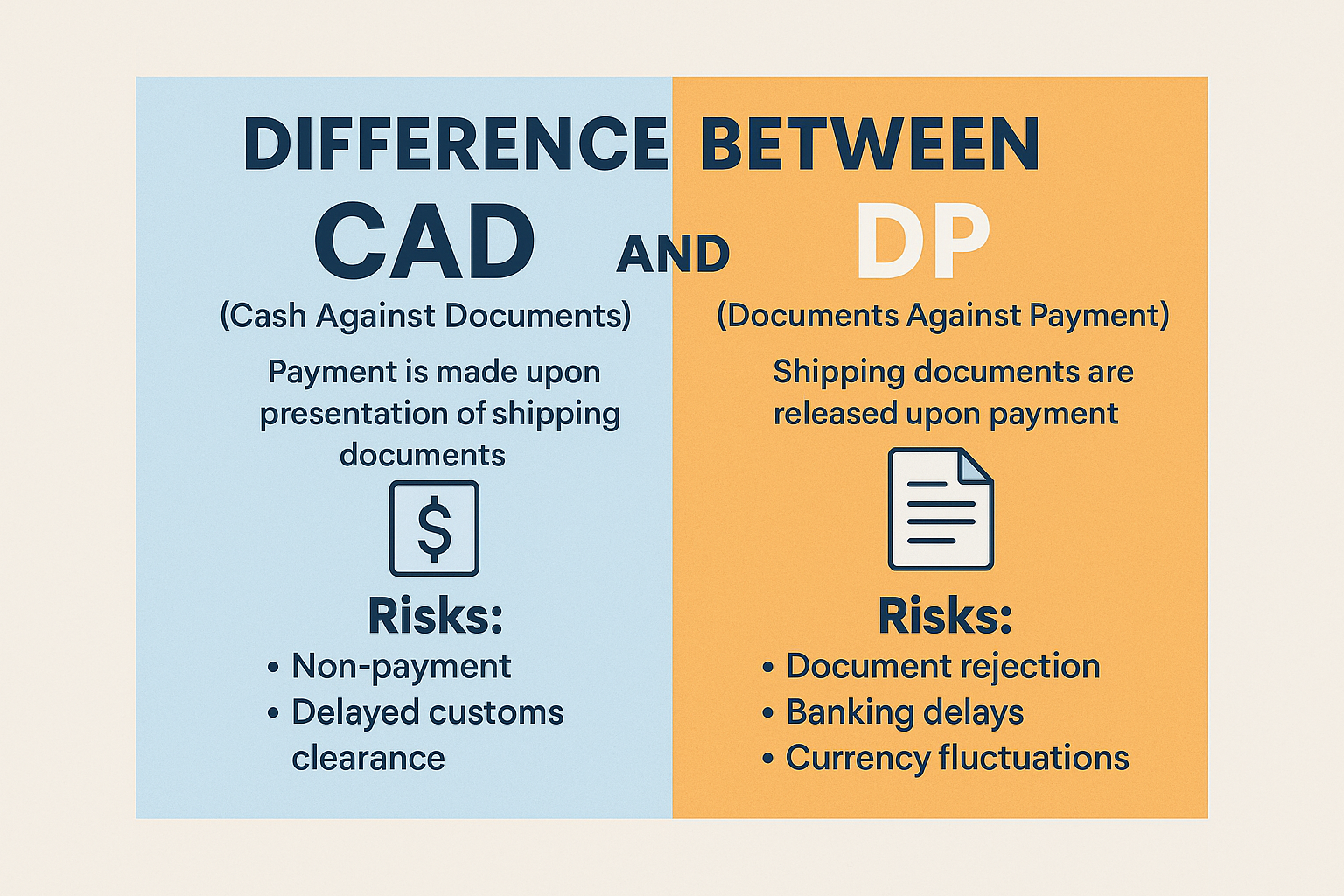India, the world’s largest rice exporter, is facing a paradox. While granaries overflow with surplus stock, domestic consumption and global rice prices are under pressure. In response, the Indian government has been encouraging the diversion of excess rice to ethanol production—a strategy that’s reshaping the agriculture-to-energy landscape. But what does this shift mean for Indian farmers, ethanol exporters, and the global agri-commodity trade?
📉 The Rice Glut: What’s Causing It?
India’s record rice production in recent years has created a stockpile far above buffer norms, driven by:
- Government’s Minimum Support Price (MSP) procurement policy
- Favorable monsoons and increased acreage under cultivation
- Low global demand due to recession fears and food security concerns in importing countries
As of mid-2025, the Food Corporation of India (FCI) reportedly holds over 3.5 times the required rice stock for buffer norms. This excess has led to:
- Storage issues
- Increased fiscal burden for procurement and maintenance
- Depressed open market prices for farmers
⚗️ The Ethanol Pivot: Turning Grain into Fuel
To reduce this glut, the Indian government is aggressively pushing grain-based ethanol production under its Ethanol Blending Program (EBP). The goal: achieve 20% ethanol blending with petrol by 2025.
Why Ethanol?
- Ethanol reduces fuel import bills
- Environmentally cleaner than fossil fuels
- Provides an alternate revenue stream for surplus grain
In June 2024, the Food Ministry approved the diversion of over 10 lakh tonnes of rice for ethanol production, incentivizing oil marketing companies and distilleries to procure FCI rice at subsidized rates.
📦 Boost in Ethanol Exports
While India’s ethanol consumption is increasing, there’s another angle—exports. With global demand for biofuels rising, India is well-positioned to export:
- Denatured ethanol
- Fuel-grade ethanol to countries like Indonesia, Philippines, Africa, and the EU
India exported over 500 million liters of ethanol in FY 2024–25, a 40% jump from the previous year, much of it derived from surplus grains including rice.
🌾 Impact on Farmers: Mixed Signals
Positives:
- Government offloading of stock can stabilize local rice prices
- Indirect demand via ethanol may create a floor price for grains
- Potential new contracts between distilleries and farmer cooperatives
Concerns:
- Reduced focus on rice exports and food security
- Farmers may shift more land to paddy, leading to overproduction
- Distortion in traditional rice pricing mechanisms
Smaller farmers also face accessibility issues in benefiting from ethanol-linked schemes which tend to favor large producers and distilleries.
🌍 Global Market Implications
India’s pivot toward ethanol from rice has raised eyebrows internationally, particularly in Southeast Asia and Africa—key rice importers from India.
Key Impacts:
- Lower rice availability for exports could lead to price volatility in global markets
- Countries dependent on Indian rice are seeking alternate suppliers (Vietnam, Thailand)
- Rising ethanol exports from India could increase competition in biofuel markets
Moreover, the ethical debate around using food grains for fuel amid global hunger concerns is heating up, especially at international trade forums.
⚖️ Government’s Balancing Act
The Indian government is now walking a tightrope:
- Managing surplus without jeopardizing food security
- Supporting farmers without distorting global markets
- Promoting ethanol without inviting WTO scrutiny or trade retaliation
Policies such as limited rice diversion quotas, subsidy caps, and export restrictions are being explored to ensure a sustainable balance.
📈 What It Means for Exporters
If you’re in the agri-export or ethanol trading space, here’s what to watch:
- Rising demand for ethanol-grade rice can open B2B export opportunities in ethanol feedstock markets
- Changing global rice trade routes may require exploring newer markets beyond traditional ones
- Government schemes and subsidies may favor ethanol-linked agricultural products in the coming years
Keeping a close eye on policy shifts, FCI auction prices, and Ethanol Blending Program targets is crucial for staying competitive.
📝 Final Thoughts
India’s rice-to-ethanol transition marks a significant evolution in how surplus food grain is utilized. While it helps reduce wastage and boosts renewable energy efforts, the move has deep implications for farmers, exporters, and international trade. The key lies in balanced policymaking, where sustainability, market efficiency, and food security go hand in hand.
As the landscape evolves, exporters and agri-businesses must adapt, innovate, and align their strategies with this new paradigm shift.
👉 Are you an exporter looking to navigate the shifting agri-export trends in India?
📘 Grab our ₹299 beginner-friendly guide:
Start Exporting from India in Just 30 Days
Your roadmap to Incoterms, pricing, documentation, and success in global trade.




